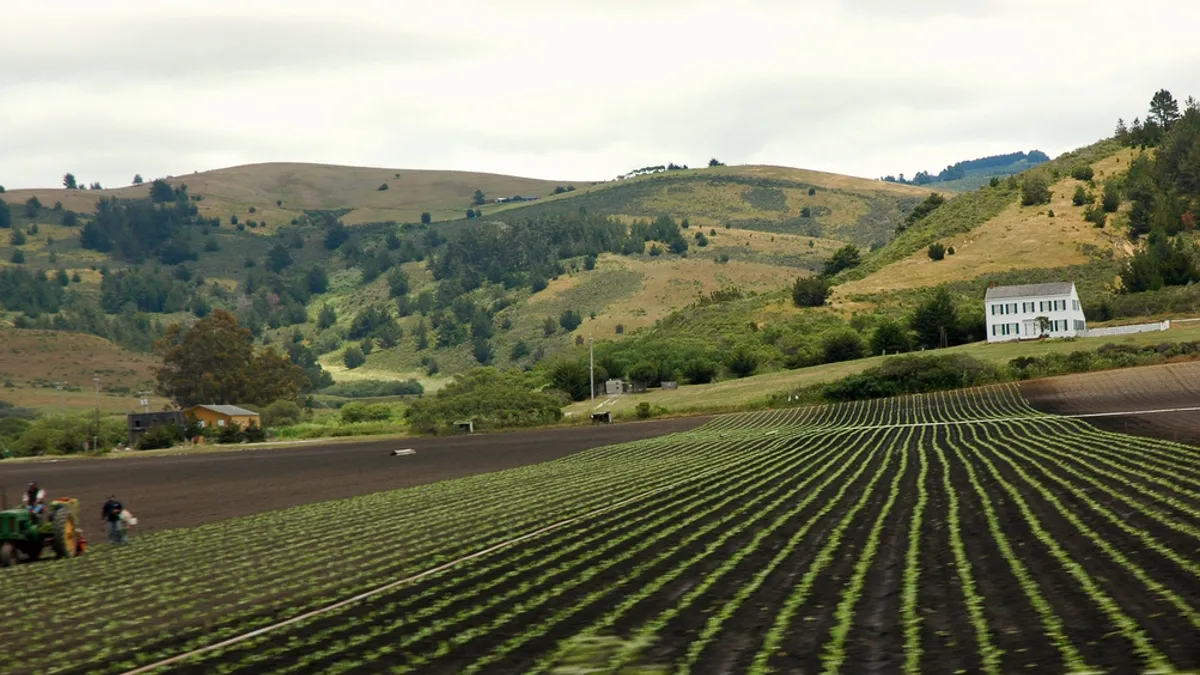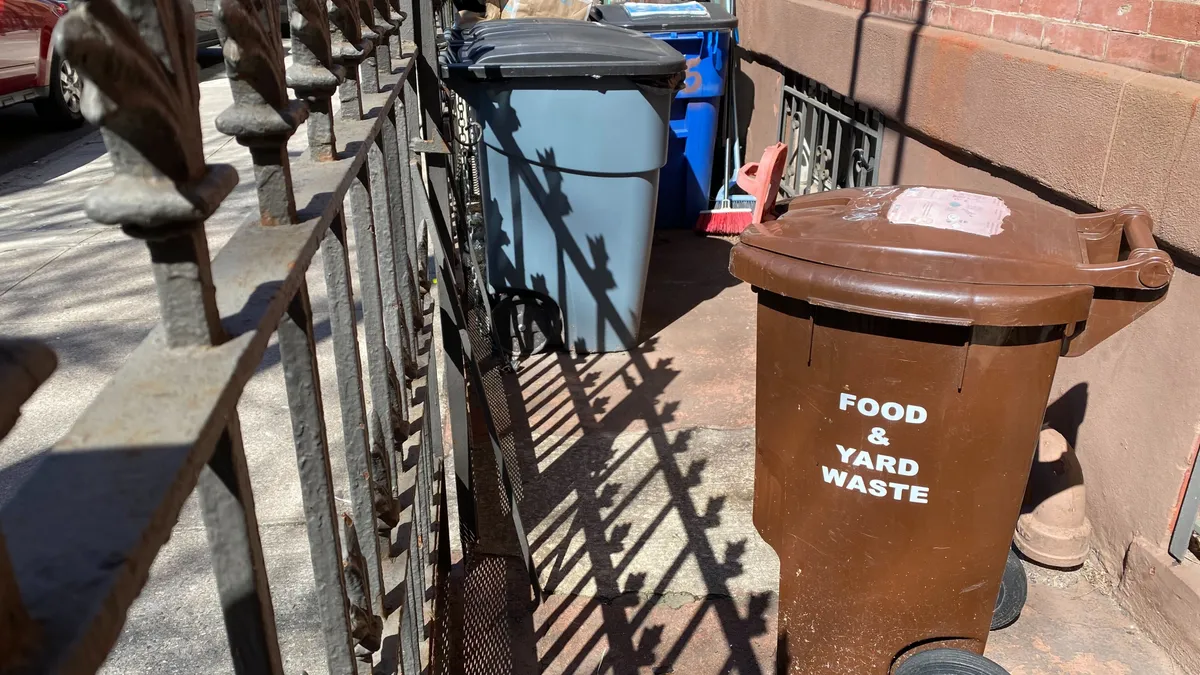A rapidly expanding and urbanizing global population is set to put heavy demands on the farmer of tomorrow.
The planet will need to produce 70% more food in 2050 than it did in 2006 in order to feed the growing population, according to the U.N. Food and Agriculture Organization. Most of the arable land on earth is already farmed, so making that land more productive through technological advances is one of the only ways to meet those demands.
Technology has continually changed farming, allowing for more production from each unit of land and human effort. The Industrial Revolution brought the cotton gin and threshing machine. Grain elevators, chemical fertilizers and the first tractors followed soon after. Then came new crop varieties and agricultural chemicals during the green revolution of the 1950s and 1960s.
Each of those technological advances helped humans largely escape the Malthusian trap of population growth outstripping the ability to produce food. If we are to repeat the feat in this century, a new generation of digital "smart" farming technologies are likely to be essential in making production more efficient and sustainable.
By the turn of the 21st century, farmers were using satellite data to scrutinize their fields and plan their crops. Today, many tractors and combines already offer automatic steering systems that keep them on precise paths up, but like current autonomous vehicles still requiring a driver for any unforeseen obstacles. Drones can spray farms, do field analysis and more.
The planet will need to produce 70% more food in 2050 than it did in 2006 in order to feed the growing population, according to the U.N. Food and Agriculture Organization.

Internet of Things (IoT) sensors and applications are now also helping raise yields. IoT devices can help fine tune everything from water use to planting time. A Goldman Sachs study showed that sensor prices fell 50% in the last decade, making it affordable for “precision farming” to take off.
"Weather stations can cost a lot of money, while we have everything in one gadget," said Chris Mantzios, head of sales for Arable, a smart farming device firm.
Arable just raised $4.25 million for their IoT platform that helps farmers make better decisions for their crops and better predictions about their yields. Their hardware product, The Mark, is being released this month, priced around $500 per unit.
The Mark runs on solar power and gathers data on 40 different data types, like rainfall, crop water demand, water stress, microclimate, canopy biomass and chlorophyll. The units come equipped with cellular, Wi-Fi and Bluetooth capabilities that send data to software that helps farmers parse through the information with data visualizations. Other technology can be added on too, like soil moisture probe or a camera.
The Mark is just the latest in a series of advanced digital devices and sensors made specially for farming. Waterbit, a company based in California, has created a wireless moisture sensor that they say is 1/10th the cost of existing products, while measuring 1600 times the soil volume. It also works in any soil type, including amended soils and potting soils.
Meanwhile, tractor giant John Deere built a sensor that can measure the nutrients in liquid manure as it’s sprayed and adjust accordingly. Their software can then breakdown and show the distributions of four different nutrients on the land.
The recent California drought also spurred higher adoption rates for technologies that improve water use. Tule Technologies has sensors that measure how much water plants actually use by analyzing the vapor they release, allowing farmers to precisely adjust watering schedules. CropX sells a package of sensors and software that they say can reduce water needs by 25%.
"Farmers today are different than we had years ago," Mantzios said. Many have advanced agricultural degrees and are working with technology in their day-to-day lives already. "Today, they are looking for good solutions like this one that allows them to collect data."
OnFarm, another company that makes an IoT platform for farms, expects agricultural operations to generate 4.1 million data points per day in 2050, up from under 200,000 in 2014. The market for digital precision agriculture product could reach $7.87 billion by 2022, according to figures from the research firm Markets and Markets.
The aim behind all the data collection is to improve yields even more. Using machine learning algorithms, an artificial intelligence that is good at finding patterns in large data sets, computers will be able to look at the data and find ways to do things like reduce pesticides, use water more efficiently or when to plant for best results.
Not all of the smart farming companies approach data the same way. Farmobile, which calls itself a farm data company, helps farmers sell their data to third parties like insurance companies. Farmers Business Network, on the other hand, works as a data pool. That data is anonymised with users encouraged to add to the pool, which gets them access to the data. The Climate Corporation, a subsidiary of Monsanto, launched a platform that will allow other sensor manufacturers to contribute data more easily and provide farmers access to data and analysis.
Recognizing that farmer’s data could be worth a lot of money, the American Farm Bureau Federation and other groups formed Agricultural Data Coalition (ADC) to better allow farmers to “control, manage and maximize the value of the data they collect every day in the fields.” The AFBF says that the new non-profit venture, is to “build a national online repository where farmers can securely store and control the information collected by their tractors, harvesters, aerial drones and other devices.”
“Farmers must retain ownership and control of the private agricultural data that originates from the work they do in their fields,” AFBF President Zippy Duvall said in a statement. “Harnessing that proprietary information for field-level efficiency and effectiveness is the key that will unlock more profitability and the greater adoption of precision agriculture. That’s good for business and the environment, too.”



















